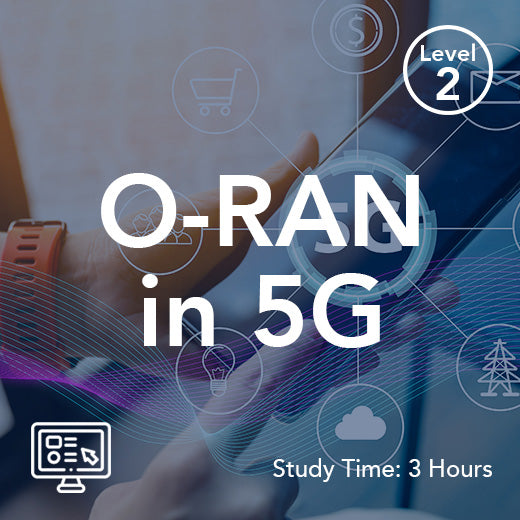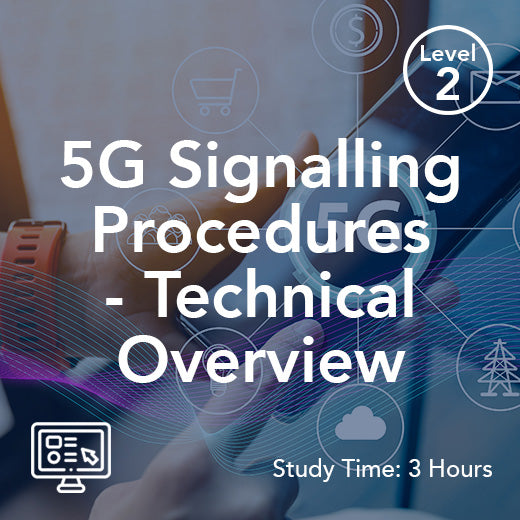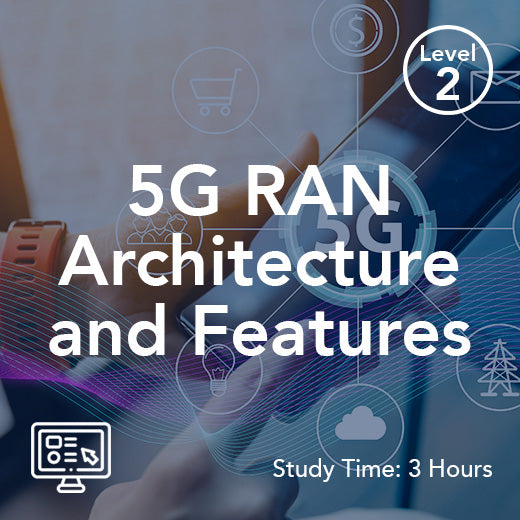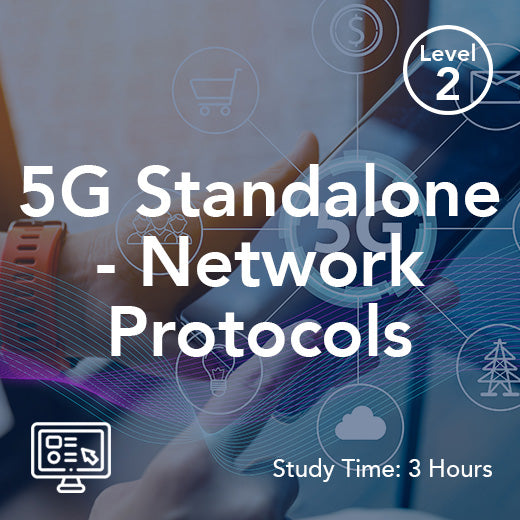What is 5G frequency reuse?
- , by Paul Waite
- 2 min reading time
5G technology is the latest and most advanced form of mobile communication, offering faster speeds, lower latency, and increased capacity compared to previous generations. One of the key features that enables these advancements is frequency reuse.
Frequency reuse is a concept that has been used in previous generations of mobile communication, but it is even more crucial in 5G due to the higher frequencies being used. In simple terms, frequency reuse is the practice of using the same frequency band in different cells within a network. This allows for more efficient use of the available spectrum and increases the overall capacity of the network.
In traditional cellular networks, each cell operates on a different frequency band to avoid interference between neighboring cells. This means that the same frequency band cannot be used in adjacent cells, limiting the overall capacity of the network. With frequency reuse, however, the same frequency band can be used in multiple cells as long as they are far enough apart to minimize interference.
In 5G networks, frequency reuse is even more important due to the use of higher frequency bands such as millimeter wave (mmWave) frequencies. These high-frequency bands have a limited range and are more susceptible to interference, making frequency reuse essential for maximizing the capacity and coverage of the network.
By using frequency reuse, 5G networks can achieve higher data rates, lower latency, and improved reliability. This is because the same frequency band can be used in multiple cells, allowing for more efficient use of the available spectrum. In addition, frequency reuse helps to increase the overall capacity of the network, enabling more devices to connect simultaneously without experiencing congestion.
There are several techniques that can be used to implement frequency reuse in 5G networks. One common approach is to use beamforming technology, which allows the network to focus the signal in a specific direction to minimize interference with neighboring cells. Another technique is to use dynamic spectrum sharing, which enables different operators to share the same frequency band in a coordinated manner.
Overall, frequency reuse is a critical aspect of 5G technology that enables the network to achieve higher data rates, lower latency, and increased capacity. By efficiently using the available spectrum, 5G networks can provide a seamless and reliable mobile communication experience for users. As 5G continues to roll out across the globe, frequency reuse will play a key role in maximizing the performance and efficiency of these advanced networks.
Frequency reuse is a concept that has been used in previous generations of mobile communication, but it is even more crucial in 5G due to the higher frequencies being used. In simple terms, frequency reuse is the practice of using the same frequency band in different cells within a network. This allows for more efficient use of the available spectrum and increases the overall capacity of the network.
In traditional cellular networks, each cell operates on a different frequency band to avoid interference between neighboring cells. This means that the same frequency band cannot be used in adjacent cells, limiting the overall capacity of the network. With frequency reuse, however, the same frequency band can be used in multiple cells as long as they are far enough apart to minimize interference.
In 5G networks, frequency reuse is even more important due to the use of higher frequency bands such as millimeter wave (mmWave) frequencies. These high-frequency bands have a limited range and are more susceptible to interference, making frequency reuse essential for maximizing the capacity and coverage of the network.
By using frequency reuse, 5G networks can achieve higher data rates, lower latency, and improved reliability. This is because the same frequency band can be used in multiple cells, allowing for more efficient use of the available spectrum. In addition, frequency reuse helps to increase the overall capacity of the network, enabling more devices to connect simultaneously without experiencing congestion.
There are several techniques that can be used to implement frequency reuse in 5G networks. One common approach is to use beamforming technology, which allows the network to focus the signal in a specific direction to minimize interference with neighboring cells. Another technique is to use dynamic spectrum sharing, which enables different operators to share the same frequency band in a coordinated manner.
Overall, frequency reuse is a critical aspect of 5G technology that enables the network to achieve higher data rates, lower latency, and increased capacity. By efficiently using the available spectrum, 5G networks can provide a seamless and reliable mobile communication experience for users. As 5G continues to roll out across the globe, frequency reuse will play a key role in maximizing the performance and efficiency of these advanced networks.

































